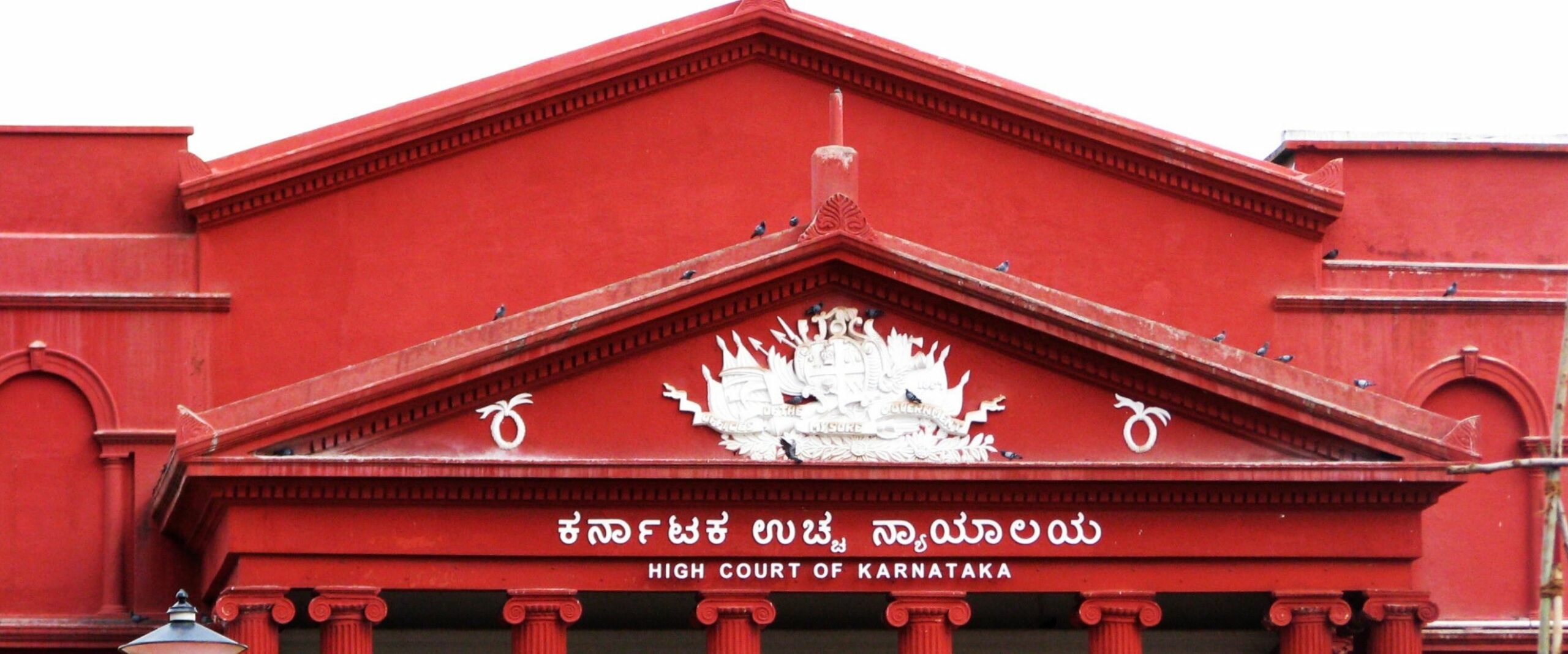Analysis
What Were the Cases Cited in the Karnataka Government Order Banning Hijabs?
The Karnataka Government Order banning the hijab cited three High Court cases that appear to be inapplicable in the present case.

Hearings at the Karnataka High Court on the hijab ban in educational institutions grew increasingly tense. Muslim students challenged a State Government Order barring hijabs in educational institutions where College Development Committees (CDCs) had imposed dress codes. This State Government Order was issued by the Department of Education, Government of Karnataka. According to the Government Order, barring the hijab in educational institutions does not violate the Right to Religious Freedom under Article 25 of the Constitution of India, 1950.
The Order listed three High Court Judgments in support of its claim. During the hearings at the High Court, Senior Advocate Devadatt Kamat, appearing on behalf of Muslim students, parsed this Government Order. He argued that the High Court judgments cited in the Order were inapplicable in the present case. A reading of these Judgments revealed that they did not in fact indicate that the bar on the hijab in State educational institutions was consonant with Article 25.
The first judgment cited in the Government Order was Fathima Thasneem v State of Kerala, decided by the Kerala High Court in 2018. The petitioners in this case were Muslim students who challenged their school’s uniform policy prohibiting the wearing of the hijab. The school was a private Christian educational institution. The High Court held that it was for the institution to decide its dress code. Framing the issue as situated at the cusp of conflicting Fundamental Rights, the Court cited the Supreme Court’s decision in Asha Ranjan v State of Bihar, 2017. In Asha Renjan, the Supreme Court adopted the ‘balance test’ as resolving claims where competing rights were involved, pointing to the importance of individual rights yielding to larger public interest.
What was in challenge in the present case before the Karnataka High Court was the hijab ban in government educational institutions, while Fathima Thasneem involved a private minority educational institution.
The second judgment cited by the Government Order was Fathema Hussain Sayed v Bharat Education Society, decided by the Bombay High Court in 2002. In this case, the petitioner was a class six Muslim student who wished to wear the hijab to school. She was prohibited by the principal of the school from wearing the hijab. The Muslim student challenged this, claiming that the prohibition violated her Right to Religious Expression under Article 25 of the Constitution. Relying on Islamic scriptures, the Court said since the student was studying in an all-girls’ section of the school, she did not have to wear a hijab as per religious practice.
The Bombay High Court judgment differed from the present case as it involved a specific situation where the Muslim student was studying in an all-girls’ section of the school.
The Government Order cited two Madras High Court decisions, Kamalam v Dr. M.G.R. Medical University, 2009, and Sir M. Venkata Subba Rao Matriculation Higher Secondary School Staff Association v Sir M. Venkata Subba Rao Matriculation Higher Secondary School, 2004. In the first case, a medical intern who was asked by the college management to wear a saree during the course of her internship challenged prescription. The High Court ruled in her favour, stating that the university with which her college was affiliated had not prescribed any dress code. In the second case, the Court allowed a private school to impose a dress code for teachers.
Neither of these cases involved the hijab or a challenge on the basis of a violation of the Right to Religious Freedom.
Interestingly, while the Government Order claimed that it had referred to Supreme Court decisions, no Supreme Court judgment was listed in the Order.
The Order laid emphasis on the values of equality, unity and public order’. It exhorted students to behave as though there were ‘one family’. It is likely that the challenge to the hijab ban will turn on the language and components of this Government Order, with counsel for the Muslim students dissecting both its language as well as its constituent parts during the hearings.